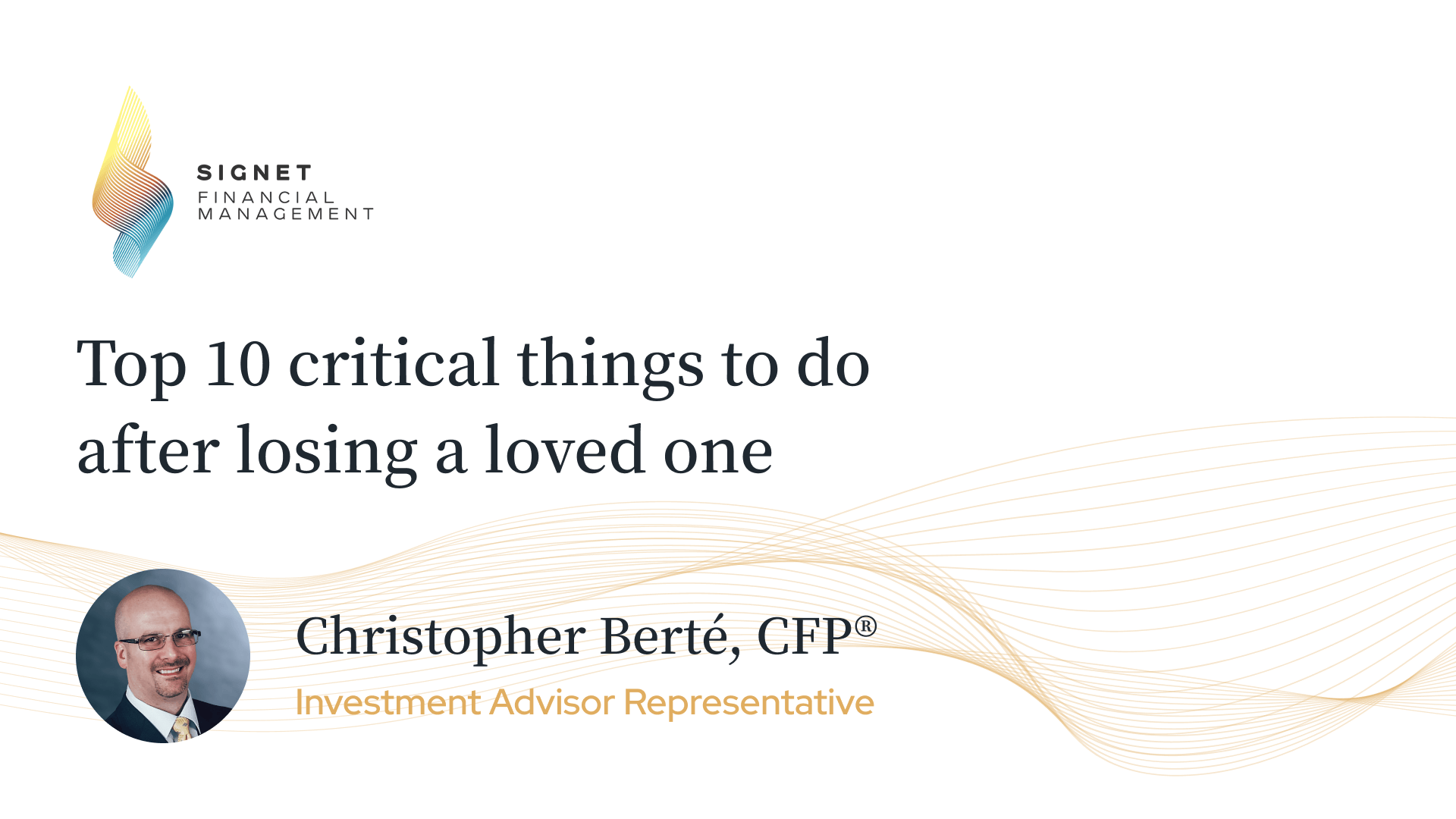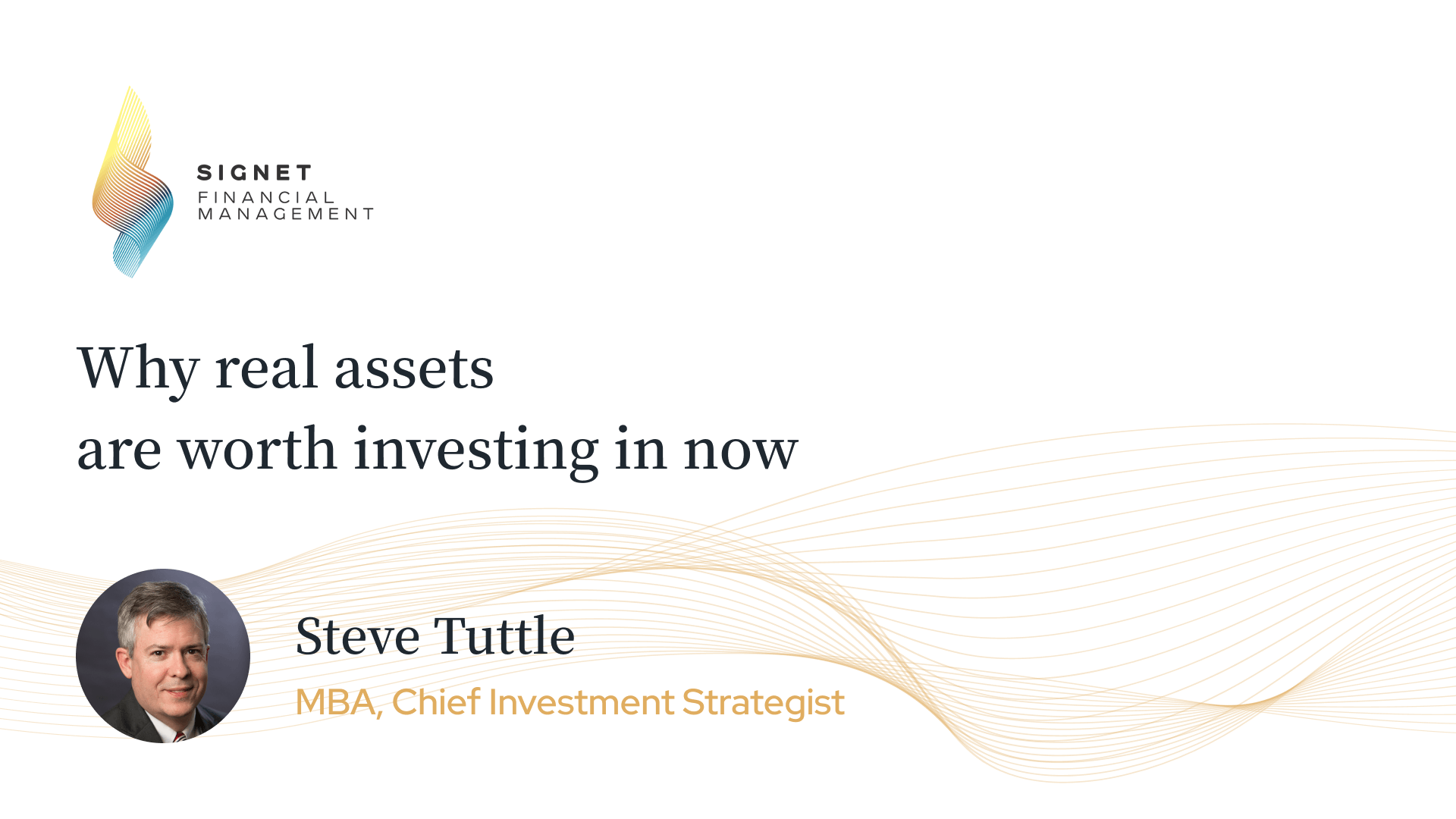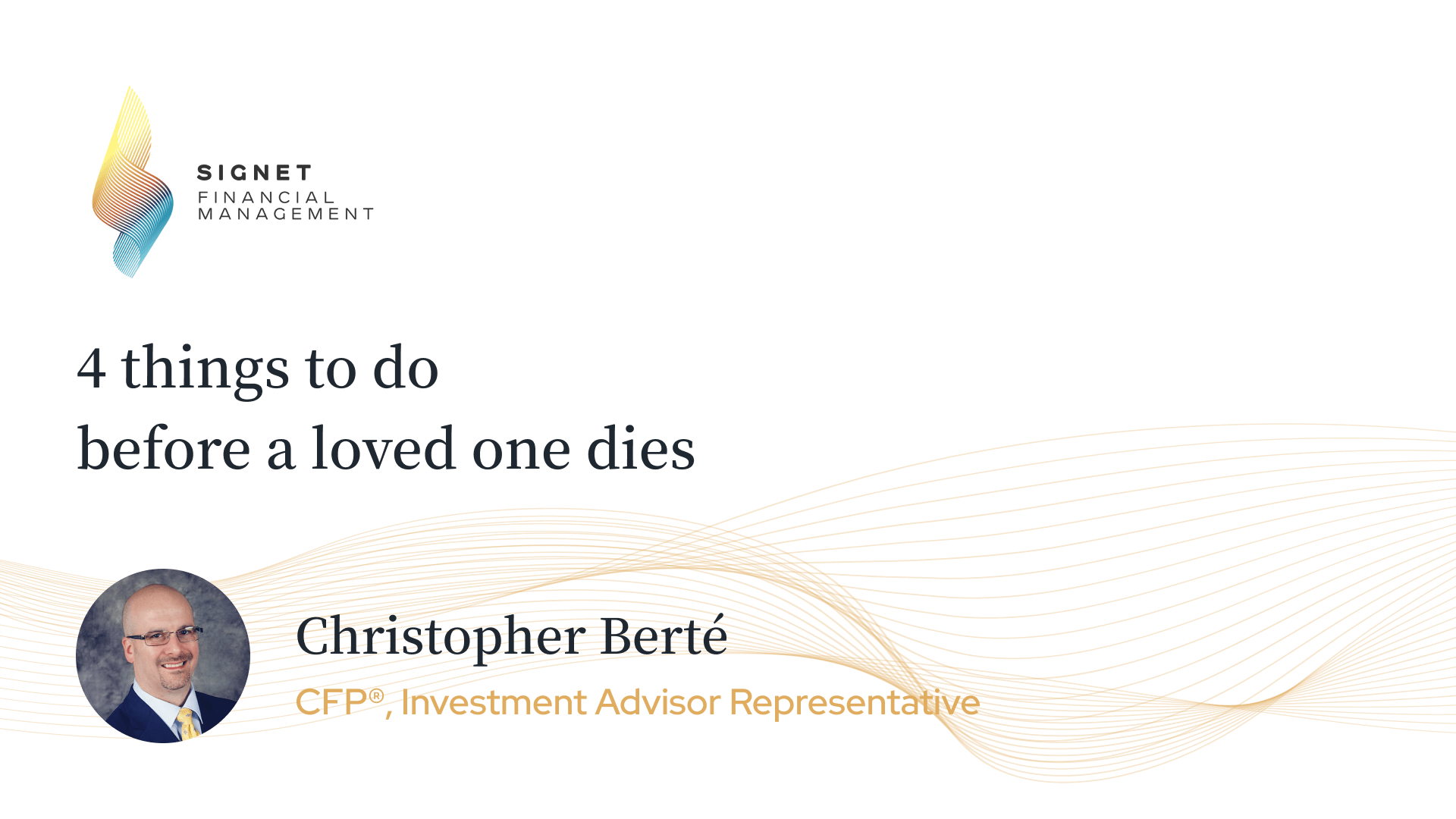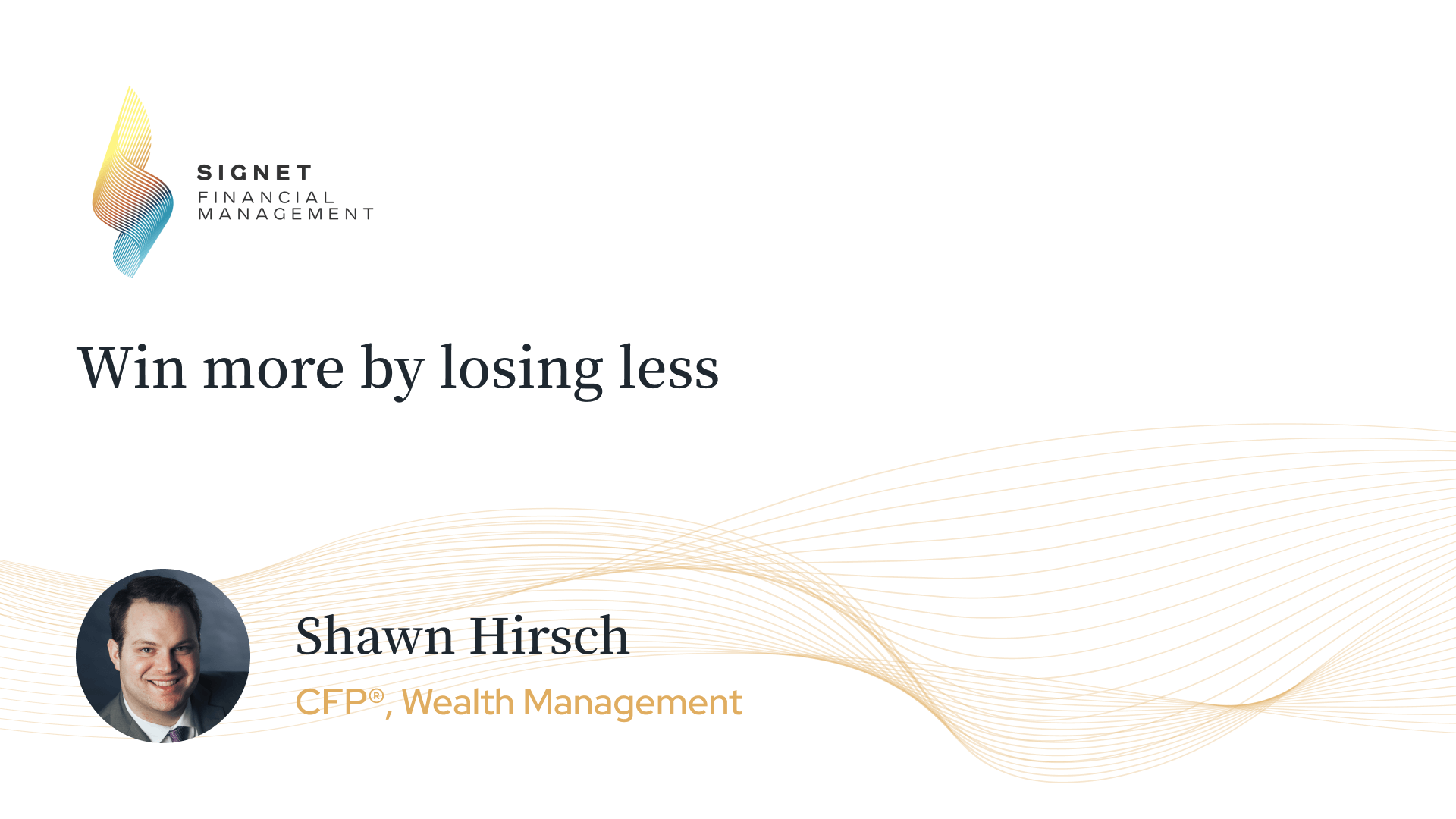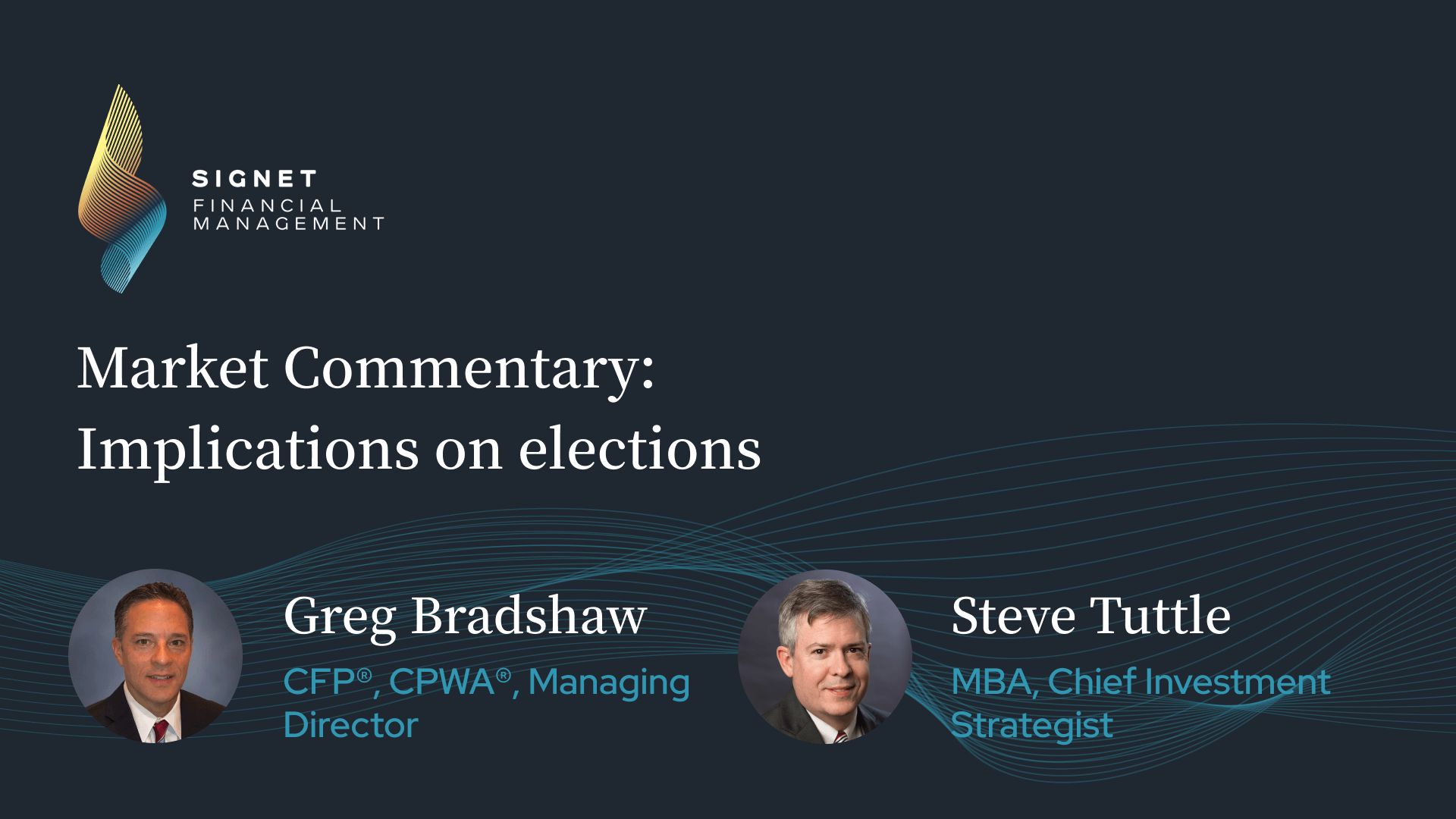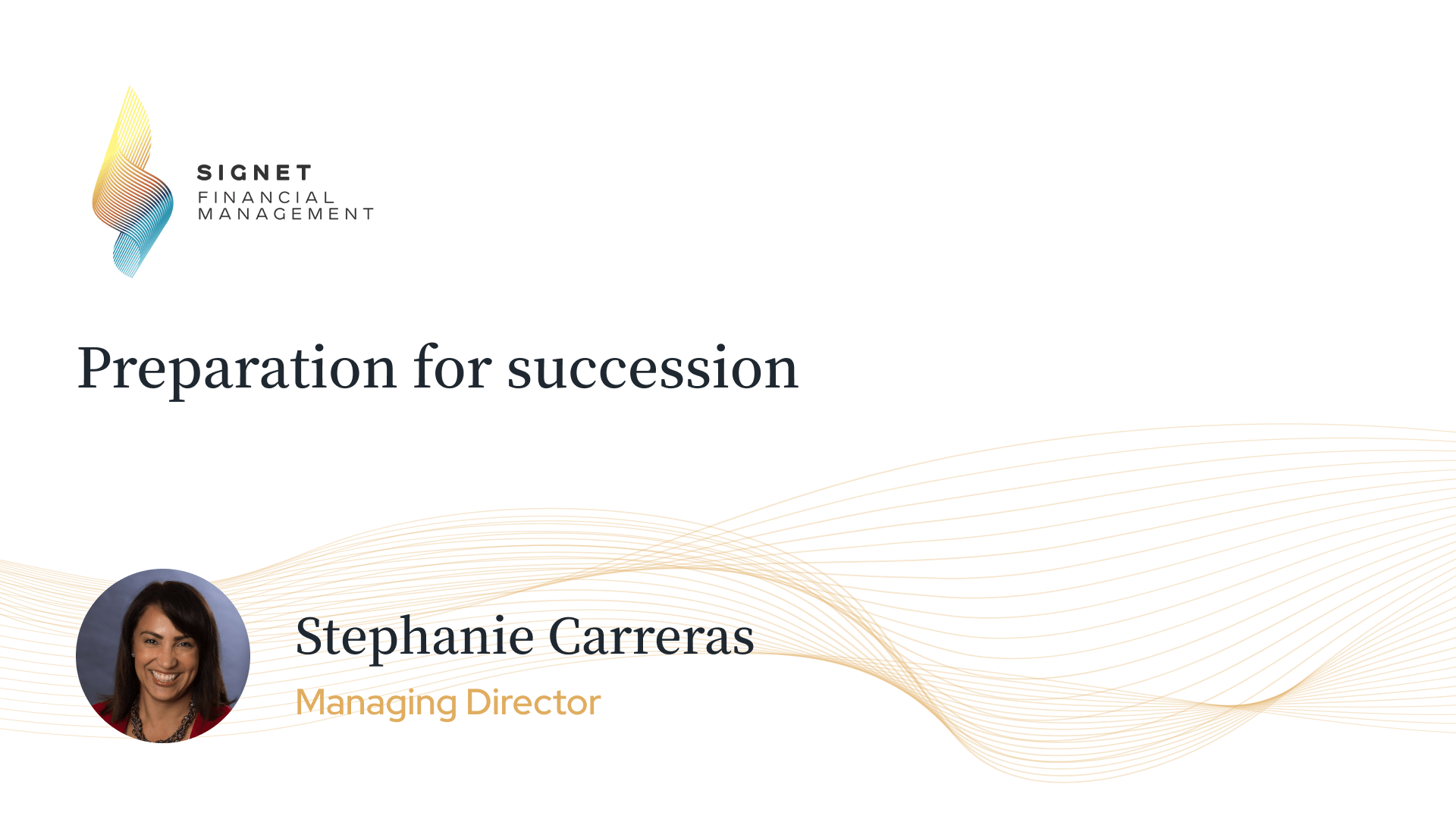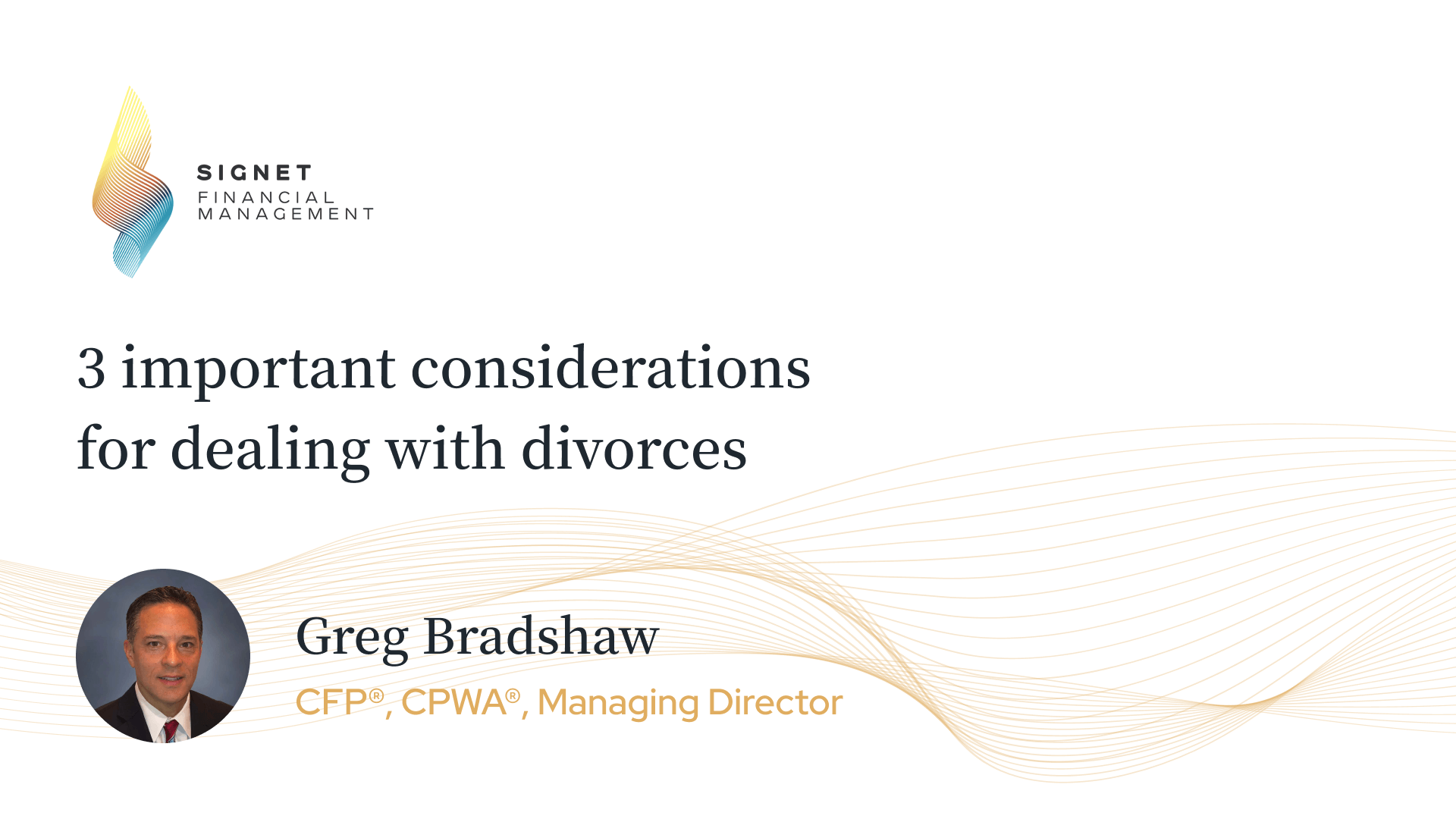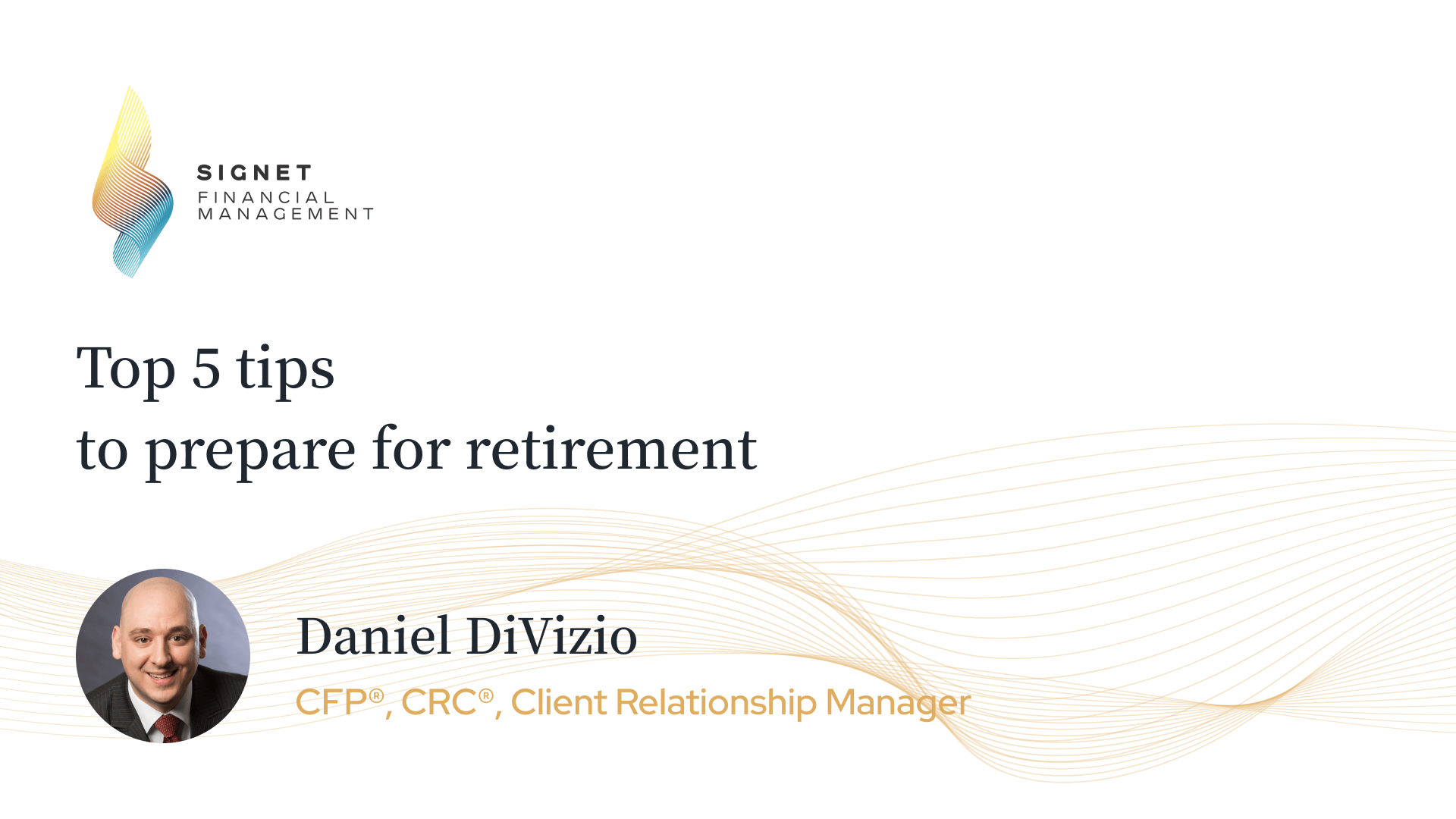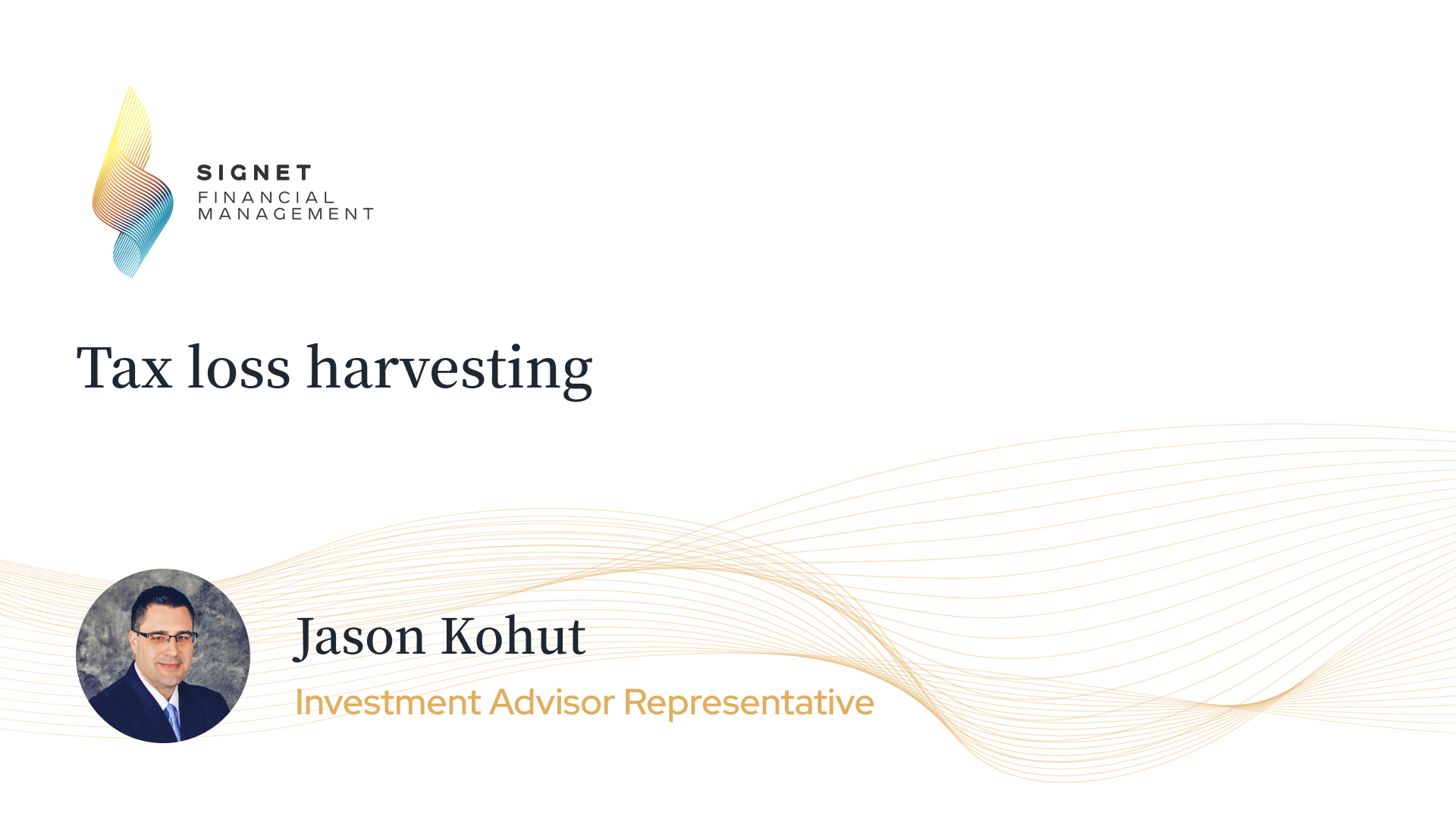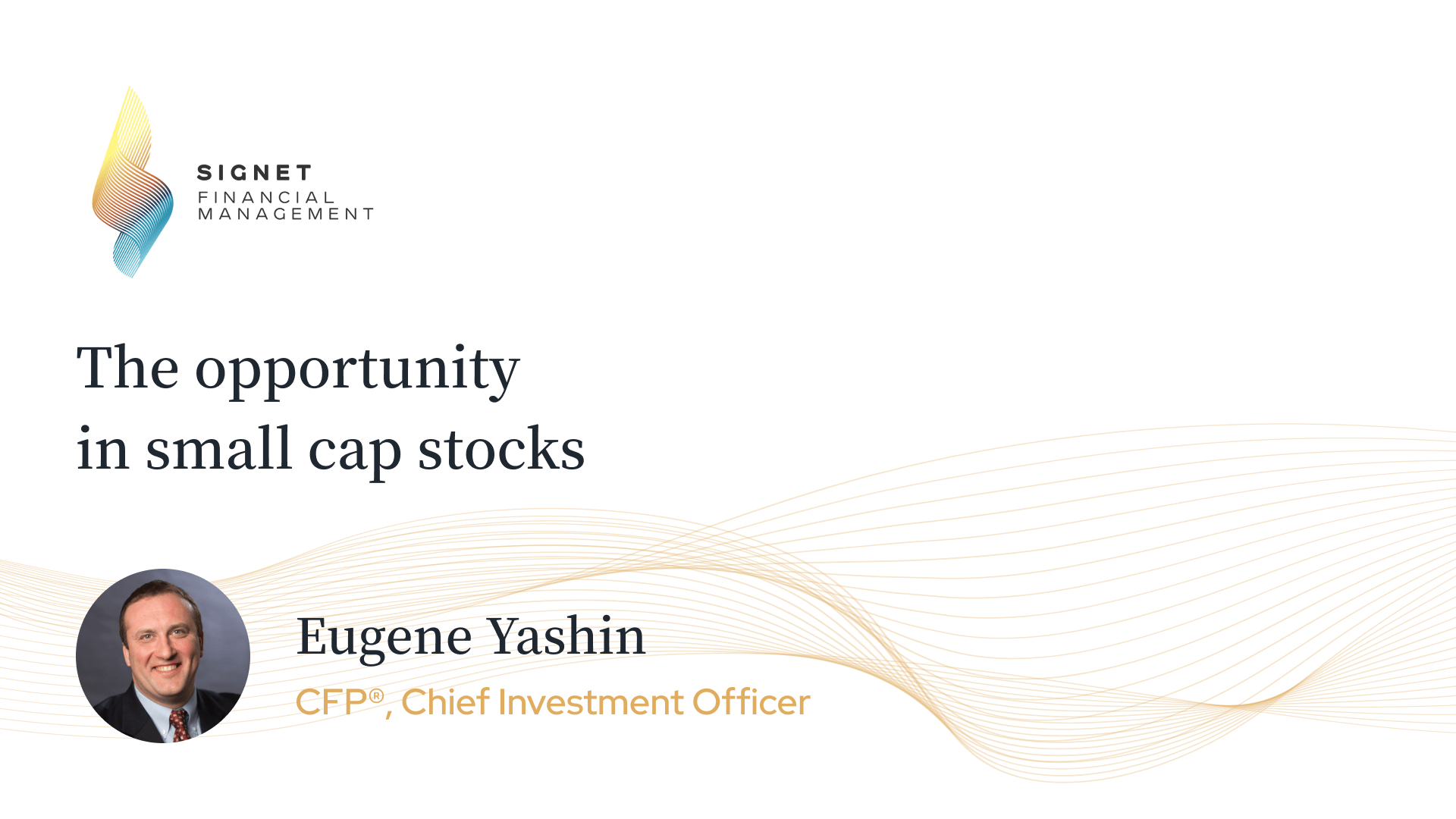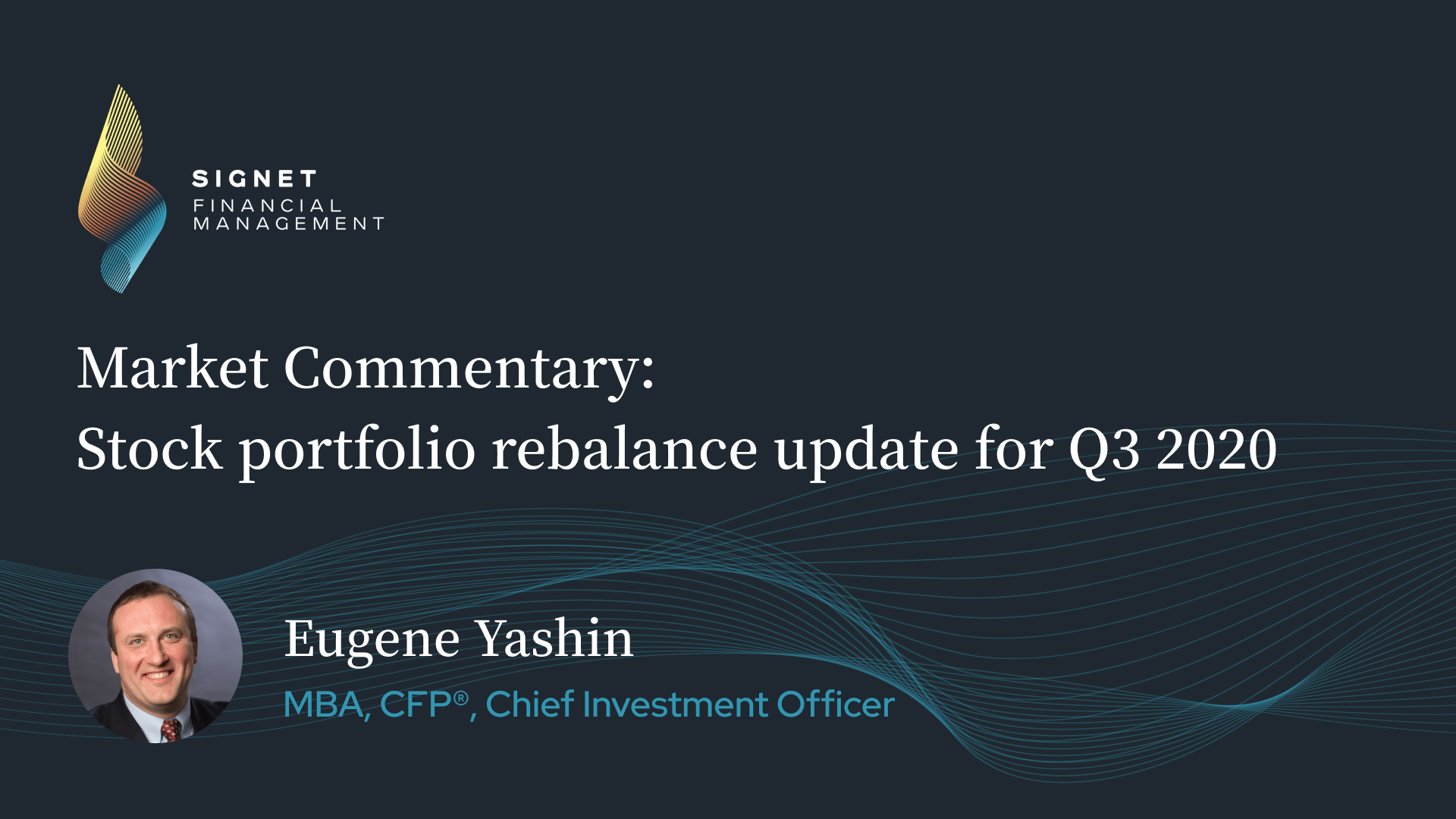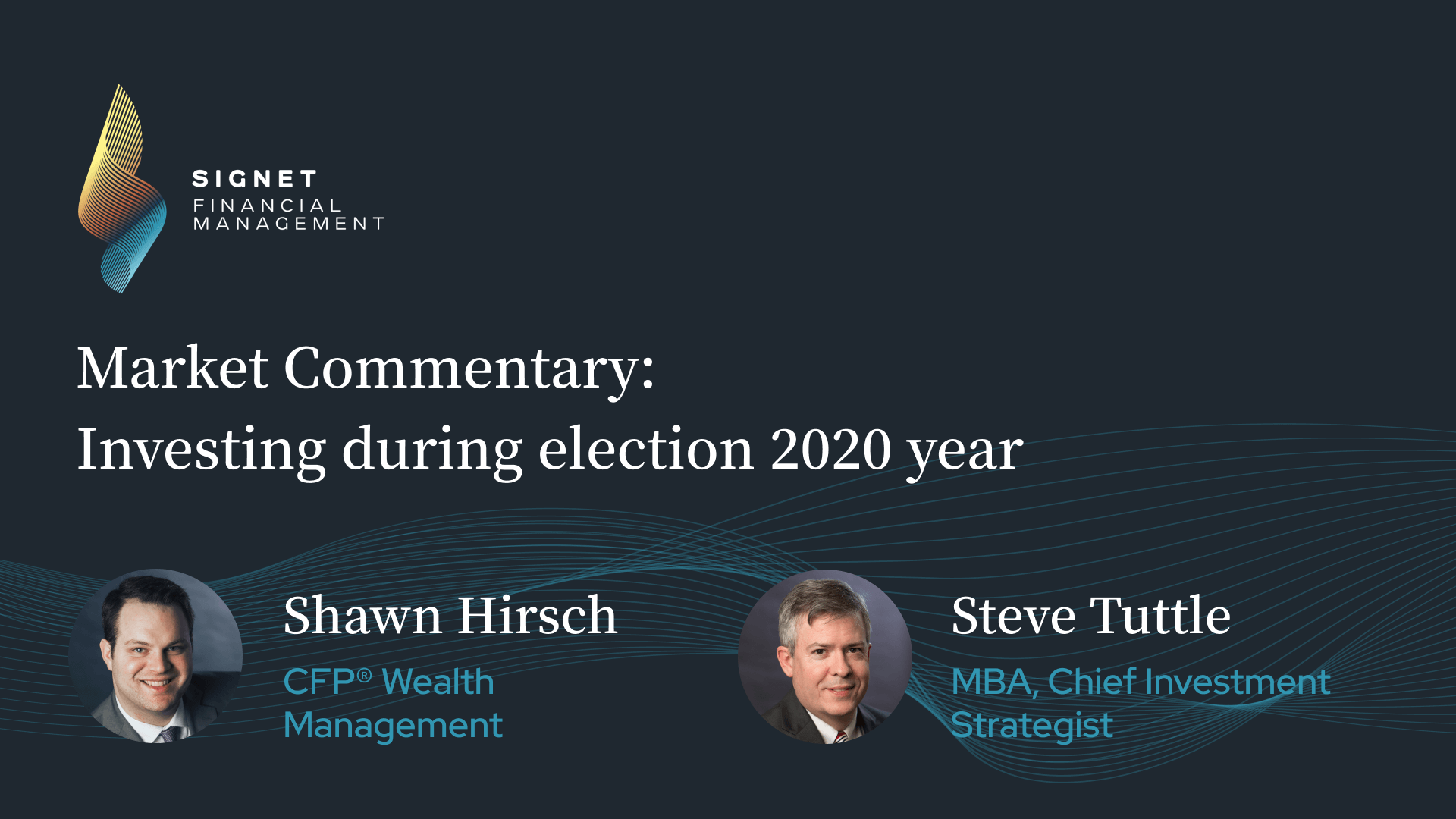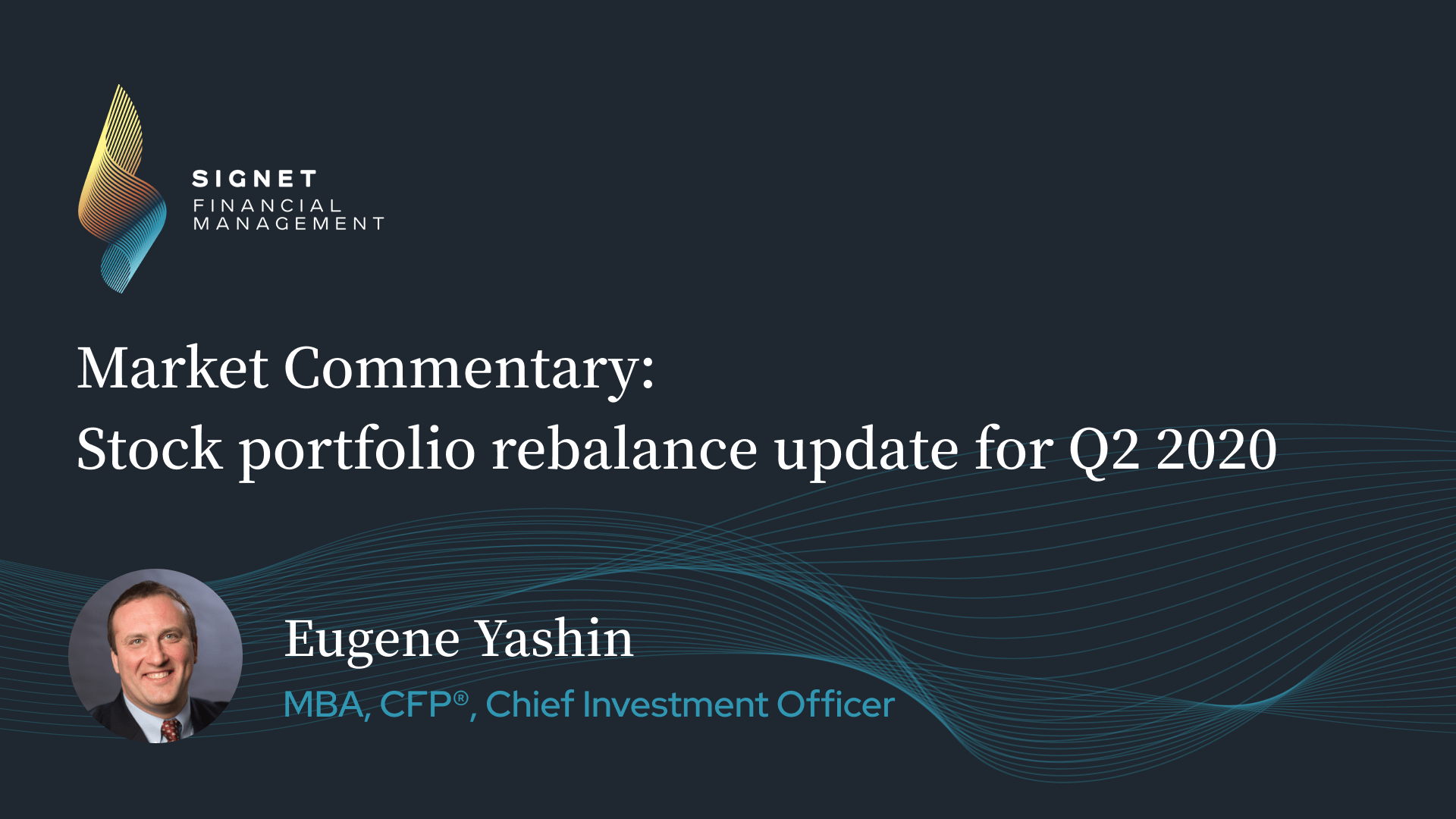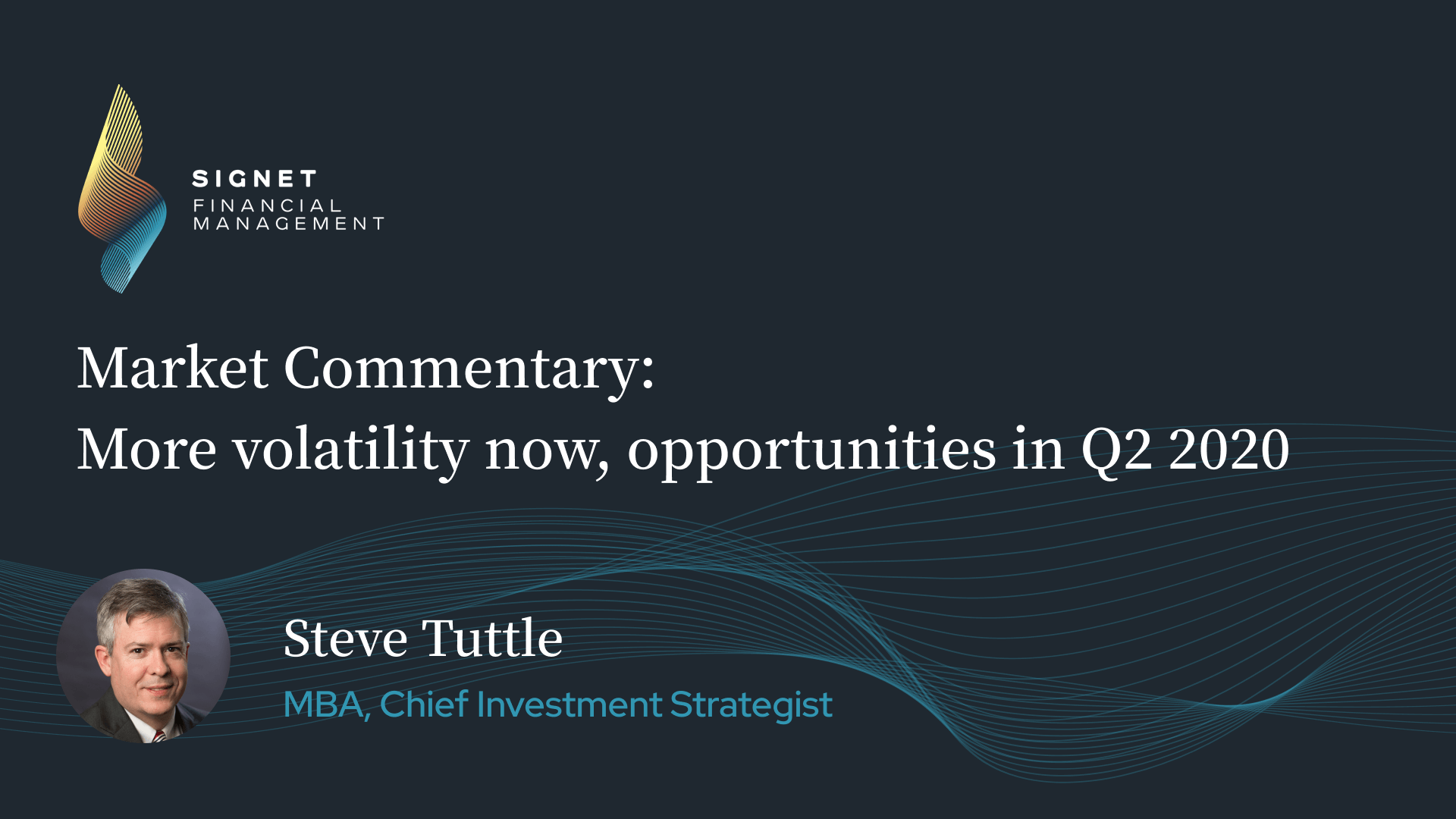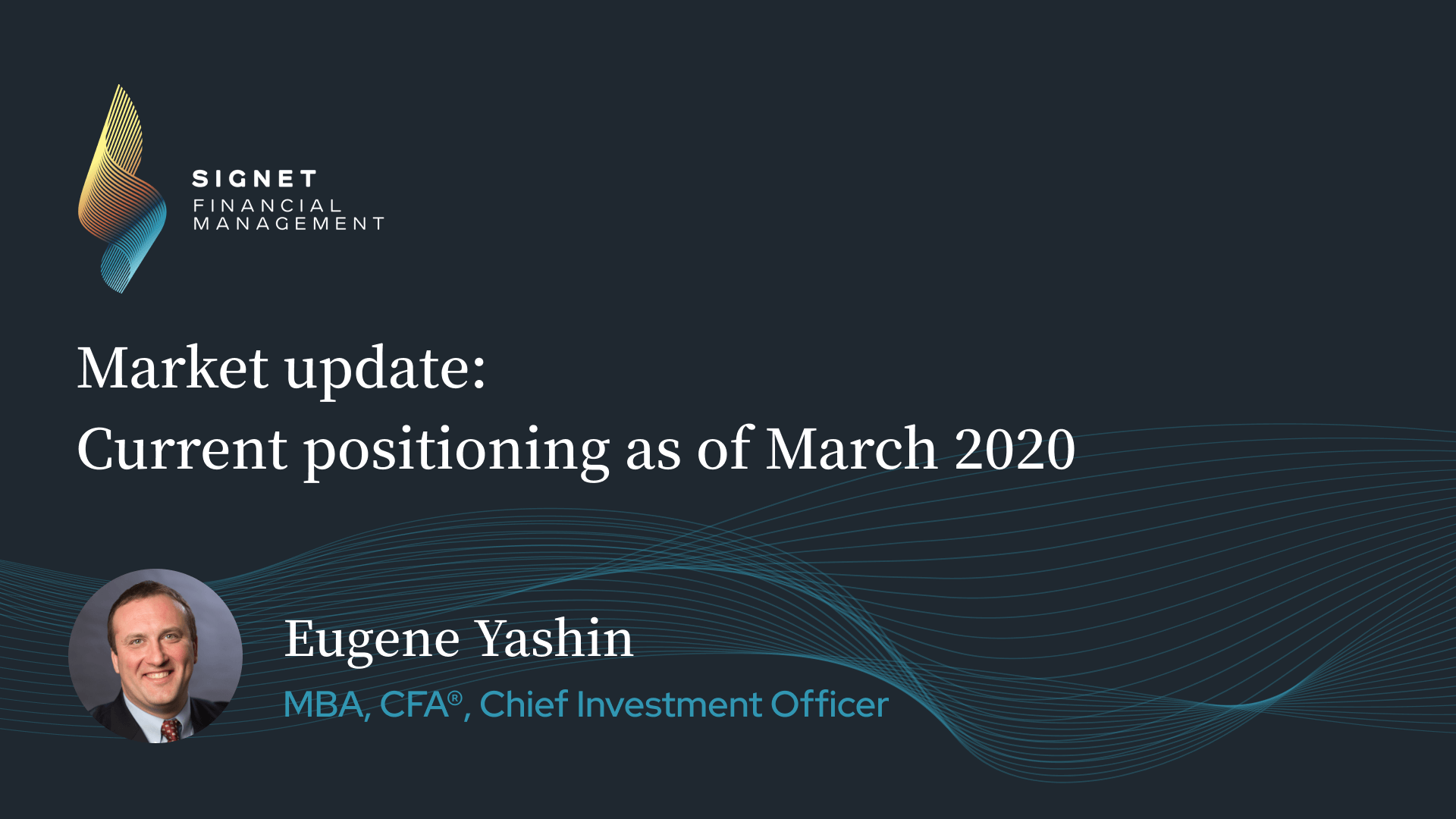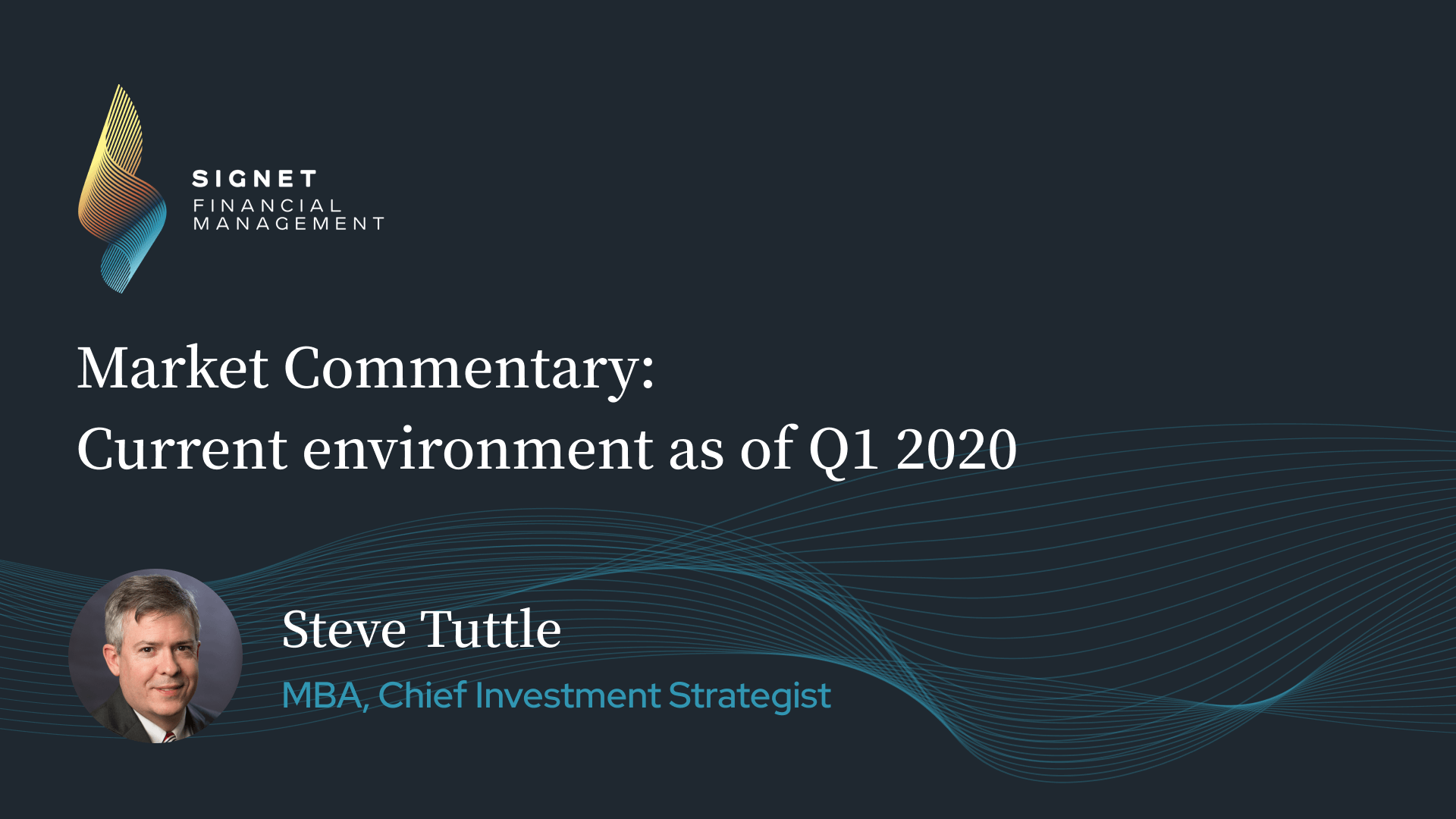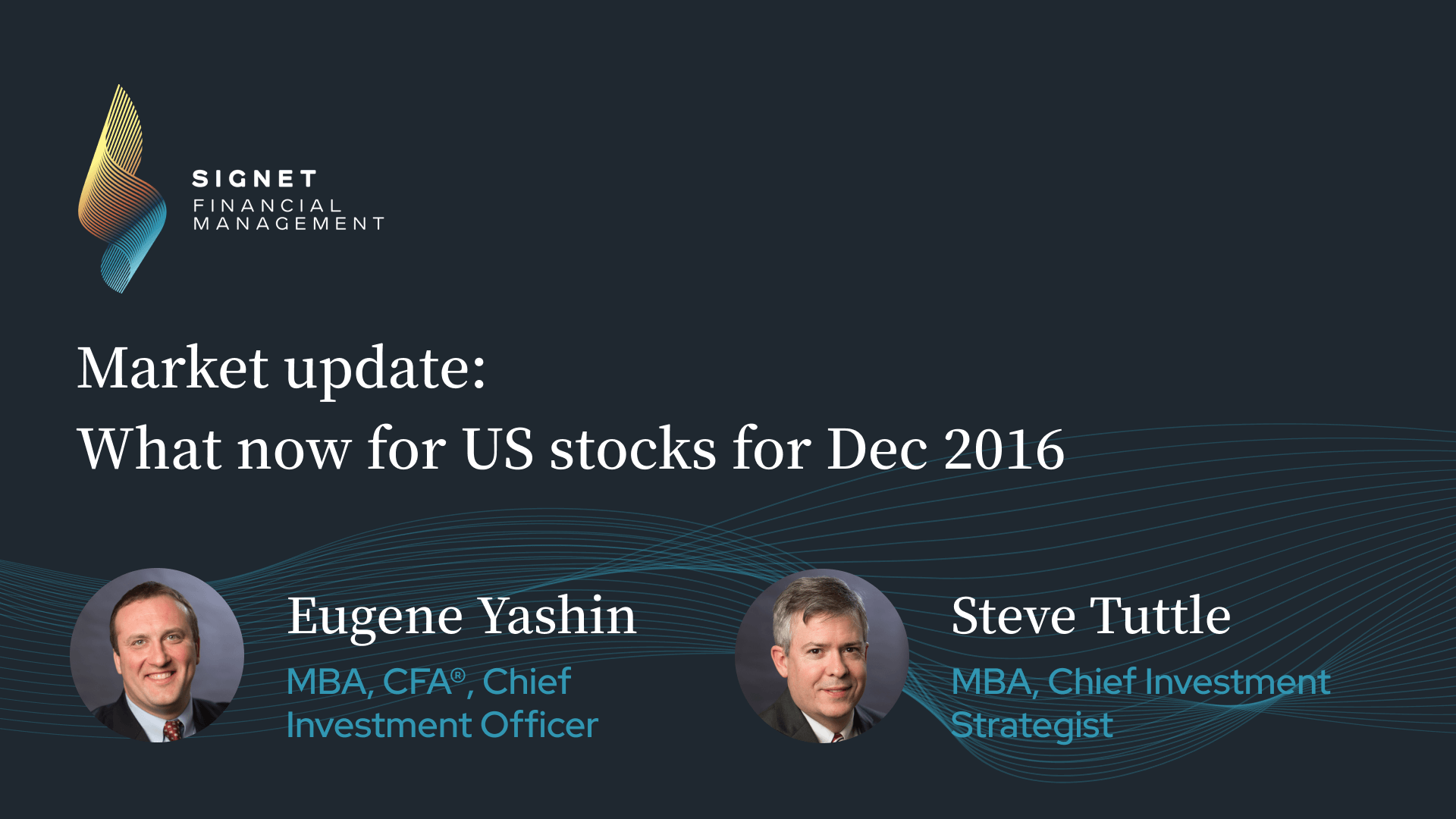Watch Chief Investment Officer, Eugene Yashin, describe how we use cutting edge tools to seek higher tax efficiency and customization for client portfolios. Direct Indexing seeks to replicate the benefits of index investing through a carefully constructed portfolio of individual stocks.
What is direct indexing?
Direct Indexing is a relatively new method that seeks to replicate the performance of an index fund or exchange-traded-fund (ETF) by owning the individual stocks directly. Managed properly, it may be better for your unique circumstances and personal goals.
Why are more people discussing direct indexing now?
Direct indexing an attractive solution for many investors.
- Taxes – New tax policy may increase taxes for high-net-worth investors. Managing capital gains and dividend and interest income is becoming more important.
- Cost – With the reduction of trade commissions the ability to manage individual stock portfolios has become more accessible to investors.
- Personalization – Clients want more customization and more control over how they invest.
How we do it
To expand, with sophisticated portfolio management and trading systems we can buy and manage a sample of individual stocks designed to track an index for clients.
Research shows that you don’t have to own all 500 stocks in the S&P 500 to achieve the diversification benefits and return potential of the index. With a carefully-constructed portfolio of 150 stocks, for example, it is possible to capture the benefits of indexing, with only minor deviations from index performance.
Why consider direct investing?
The beauty of direct indexing is that your circumstances and preferences drive the process. The potential benefits include:
- Tax efficiency: Taxes can erode returns. See chart below.
- Tax loss harvesting – If you purchase an index and the index goes up, you can’t do any tax loss harvesting. However, even if the index went up, there’s probably some stocks that went down. With a direct index, you can sell just those losers.
- Deferring gains – If you sell an index, you effectively sell every share in the index pro rata. With a direct index, you can selectively avoid selling the top gainers.
- Environmental, Social, and Governance (ESG) Preferences
- You can’t ask the S&P 500 to sell just a few stocks in industries that you prefer not to own. You can with a direct index strategy. In this way, you can align your values with your investment portfolio.
- Enhanced return potential
- The flexibility of direct indexing allows for favoring portfolio factors, such as value, profitability, momentum, and safety, which may increase returns over time.
- Transition
- So, Imagine you have a portfolio of stocks and you want to use a new advisor or change to a more diversified index strategy. With a direct index, you can incorporate your current holdings into your direct index. The only trades you need to make are those required to reduce concentrations or exposure to unattractive stocks.

Source: Russell Investments
Signet has invested in sophisticated tools and technology, many of them proprietary, allowing us to help clients benefit from emerging trends like direct indexing.
Signet is here to help. To discuss if direct indexing is right for you, speak with your financial advisor.
For more information and resources, checkout our Insights page or our official YouTube channel for more video content!

